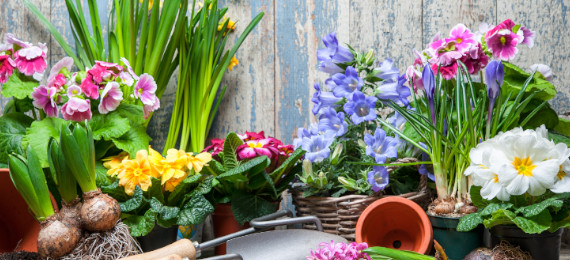Shop
Catégories de produits
Filter by price
Stock status
Affichage de 133–144 sur 2036 résultats
Butternut
3,00€Produit des fruits de forme cylindrique, qui présentent un renflement à leur extrémité, très
décoratifs, longs de 25 cm, pesant de 1 à 2 kg. Chair jaune clair, très sucrée et savoureuse.
CACAHUÈTE
3,00€Cycle annuel, 30-50 cm. Tiges ramifiées dès la base. Fleurs jaunes, aux aisselles foliares.
Après la fécondation se développe un pédicelle qui pousse l’ovaire dans le sol. Les cosses avec 3-4 graines
se trouvent enterrées à 3-10 cm de profondeur.
CACTUS ET PLANTES GRASSES VARIÉ
3,00€Parmi la famille des cactées, on trouve les espèces les
plus diverses en taille, couleur et forme, originaires pour la plupart d’Amérique et d’Afrique. On a
choisi des espèces aux formes esthétiquement intéressantes et qui se développent facilement. Se
cultive en sols très perméables. Climat: chaud.
CAFÉ
3,00€Arbuste de 3 – 7 m. Feuilles persistantes, brillantes, vert foncé. Les premières fleurs apparaissent après 3 – 4 ans. Le fruit est une drupe rouge avec 2 graines. Cultivable comme plante d’intérieur dans les climats tempérés.
CALENDULA
3,00€Les calendulas ont une saveur légèrement épicée et ajouteront une saveur légère et acidulée aux pains et aux soupes, ainsi qu’une touche de couleur. Elles ajouteront du brillant et de la saveur à une salade composée. Vous pouvez utiliser les pétales frais ou séchés comme substitut bon marché au safran pour ajouter de la couleur au riz ou au beurre. Les feuilles fraîches et tendres peuvent également être utilisées avec parcimonie dans les salades.
Lavez et séchez-les délicatement en les plongeant dans un bol d’eau et en les agitant doucement.
Online Sports Nutrition and Natural Dietetics.
Chances are there wasn't collaboration, communication, and checkpoints, there wasn't a process agreed upon or specified with the granularity required. It's content strategy gone awry right from the start. Forswearing the use of Lorem Ipsum wouldn't have helped, won't help now. It's like saying you're a bad designer, use less bold text, don't use italics in every other paragraph. True enough, but that's not all that it takes to get things back on track.
The villagers are out there with a vengeance to get that Frankenstein
You made all the required mock ups for commissioned layout, got all the approvals, built a tested code base or had them built, you decided on a content management system, got a license for it or adapted:
- The toppings you may chose for that TV dinner pizza slice when you forgot to shop for foods, the paint you may slap on your face to impress the new boss is your business.
- But what about your daily bread? Design comps, layouts, wireframes—will your clients accept that you go about things the facile way?
- Authorities in our business will tell in no uncertain terms that Lorem Ipsum is that huge, huge no no to forswear forever.
- Not so fast, I'd say, there are some redeeming factors in favor of greeking text, as its use is merely the symptom of a worse problem to take into consideration.
- Websites in professional use templating systems.
- Commercial publishing platforms and content management systems ensure that you can show different text, different data using the same template.
- When it's about controlling hundreds of articles, product pages for web shops, or user profiles in social networks, all of them potentially with different sizes, formats, rules for differing elements things can break, designs agreed upon can have unintended consequences and look much different than expected.
This is quite a problem to solve, but just doing without greeking text won't fix it. Using test items of real content and data in designs will help, but there's no guarantee that every oddity will be found and corrected. Do you want to be sure? Then a prototype or beta site with real content published from the real CMS is needed—but you’re not going that far until you go through an initial design cycle.



































